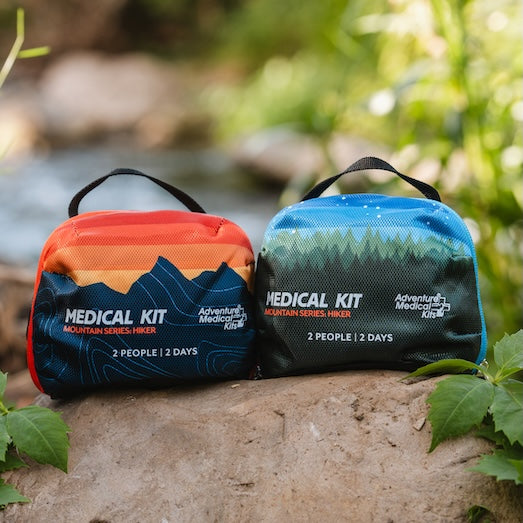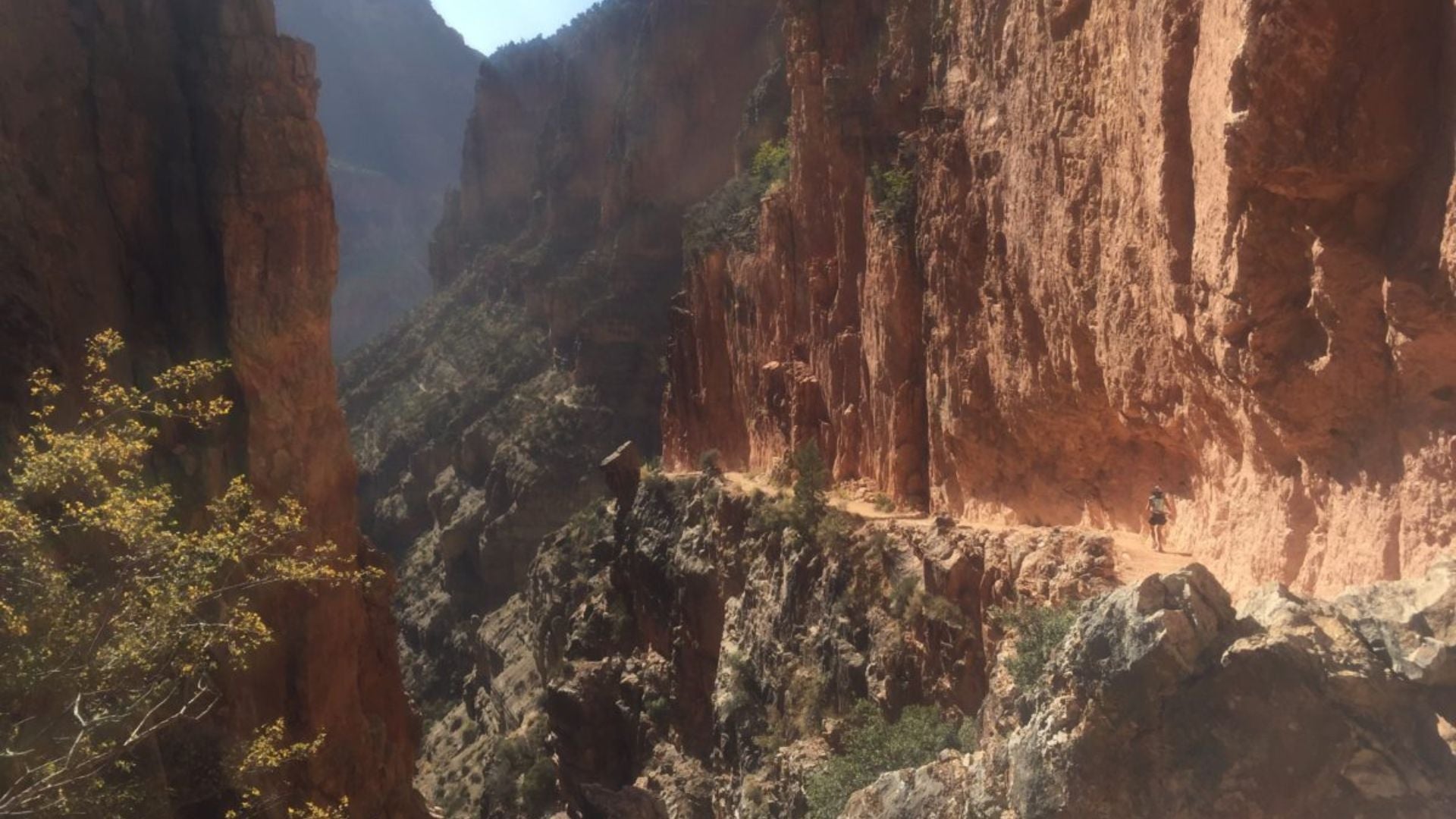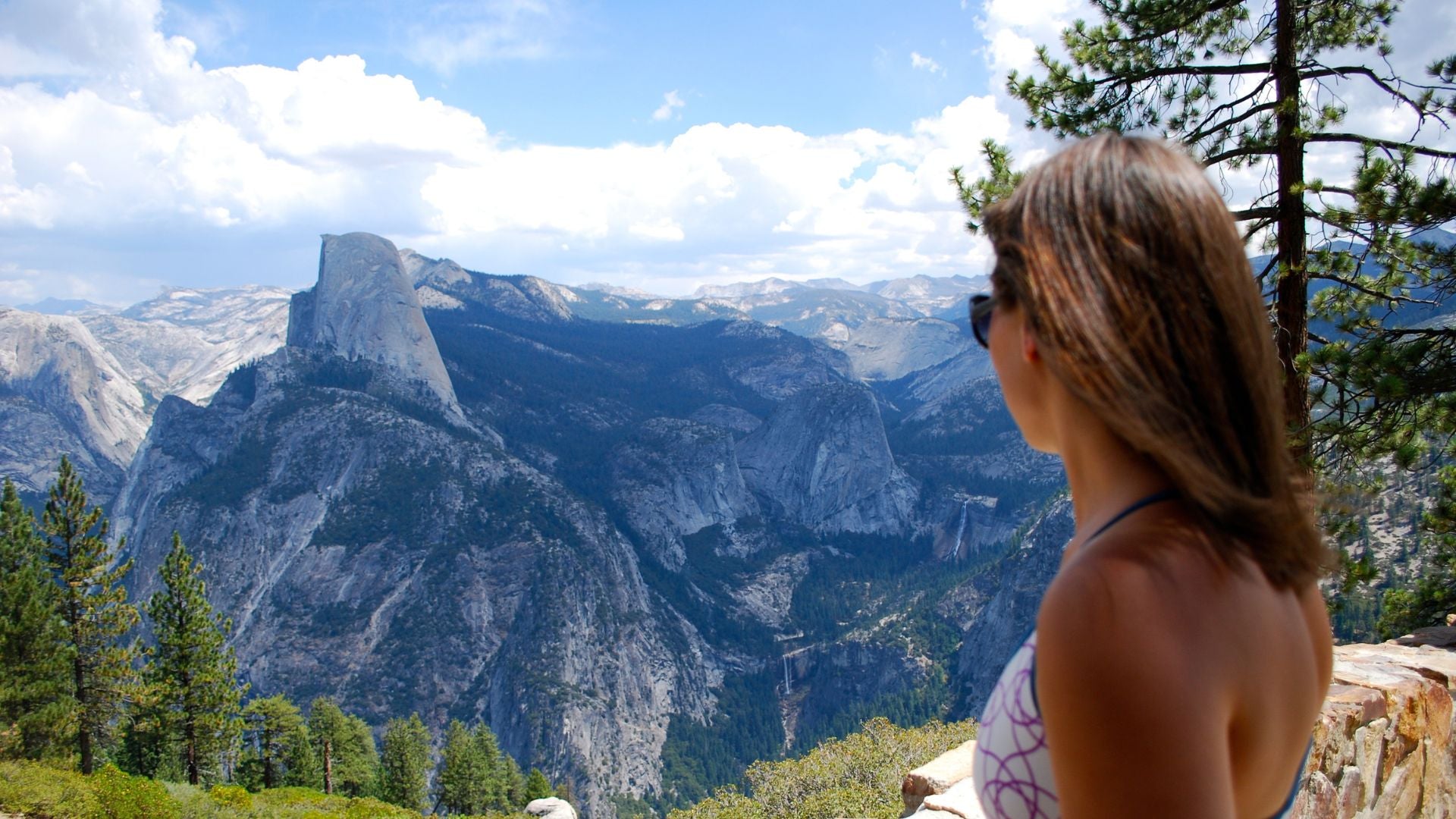This past June, I summited Mt. Whitney via the East Buttress 5.7 route with my friend. This ended up being by the far the hardest trip of my life……so far. Read more about this grueling but amazing epic below.
Worked, Sore, & Likely Dehydrated
The old saloon doors swung behind us as we made our way through the crowded bar. We had just limped our way around the dusty streets of Lone Pine California looking for a bite and a beer, and we decided on Jacks Saloon. It was June 8th, and we had spent the last 32 hours working our way up and down California’s Mt. Whitney. We were excited to have just summited the highest peak in the lower 48 states but were absolutely worked, sore, and likely dehydrated from the unplanned 28.5 hours tent-to-tent adventure. It was not long before I started nodding off mid-conversation, and before I knew it was lights out back at the motel. The next day we slept in and started our drive back across the desert to catch a red-eye east. As we drove I could not stop thinking about the exhausting but totally rewarding epic we just had.
We had spent the last 32 hours working our way up and down California’s Mt. Whitney.
2 Days Earlier
On June 6th, we left Whitney Portal around 6am and started our approach up to Upper Boy Scout Lake. The approach starts off really mellow with a series of sandy switchbacks and creek crossings, but after a few miles starts to get steep as you approach the famous Ebersbacher ledges. This is a series of exposed scrambles that can be a bit spicy with heavy packs. In one section you have to cross a no more than six inch wide section with a steep fifty foot drop and lots of open air staring you down. Per usual, Joe effortlessly walked across showing zero sign of fear or even mild discomfort. I, however, can remember wondering what the climb ahead would be like if we were already running into this type of exposure.
After a few miles and some poor talus field navigation, we arrived at the Upper Boy Scout Lake. This beautiful alpine lake area is spectacular, covered with scattered pines and surrounded by the Eastern Sierras. We set up camp next to a stream, well protected by a large boulder wall. Outside of some overly friendly Marmots, we ended up having the entire area to ourselves. We had an early dinner and were sleeping before the sun went down. The next day was summit day.

Summit Day
We woke up before sunrise, sorted gear, and made an attempt to eat. Not sure if it was the early start or the altitude, but I struggled to stomach a Clif Nut Butter bar. We made our way up a short talus field and then to a series of endless moraines on our way to Iceberg Lake. I will never forget seeing the route for the first time when we rounded the last moraine before the lake. Mt. Whitney and the needles towered over the entire valley.
Our plan was to do the East Buttress of Mt. Whitney, which has been rated anywhere from low fifth class to 5.8. In the weeks leading up to the trip, I spent countless hours reading the guide book and scanning trip reports on Mountain Project. The consensus was that we would need around a half day to complete the route, and we packed accordingly. As we passed Iceberg Lake, we ran into a guide and his client. We chatted with them about the route and made our way to the base of the wall.
The First Pitch
As I transferred my weight, the entire flake started to pull off the wall.
I agreed to lead the first pitch which is supposed to go at a straightforward 5.5. I took a few seconds to decide on the correct start and opted for a steep, left-facing corner. I traversed left out onto a large flake and started working on placing some gear. However, as I transferred my weight, the entire flake started to pull off the wall. As you can imagine, this was terrifying and made for an exciting first pitch. I gingerly traversed back to the start and opted for going straight up the corner.
About a quarter of the way up the wall it was apparent that I was on the 5.8 alternative start rather than the easy 5.5 corner. The corner had a few amazing lay backs and airy moves, and while I usually have no issues on 5.8, the altitude had me breathing excessively hard. I felt my legs starting to shake towards the top of the pitch. The constant grind of the ice axe on my pack on rock did not help with the nerves. Finally, I reached a small ledge and built an anchor to belay Joe up.

Gaining Altitude (and Ice)
Joe easily led the next pitch, and we were starting to feel pretty good about our time and even joked about being back in camp for lunch. That’s about the time that we began to start running into some scattered patches of snow and icy cracks. The third pitch looked easy enough, but the icy cracks made everything harder and made for some serious slow going.
I had less than five ounces of water left.
Throughout the next couple pitches, we both found ourselves digging out snow and ice before placing gear. After some route-finding misfortune and many leads by Joe, we arrived at the Peewee. The Peewee is a massive, ominous-looking block that is easily recognizable from a few pitches away. Once we arrived there, we felt a lot better knowing that we were on route. We took a few minutes to eat, and I broke out my Adventure Medical Kits Hiker kit to take some pain killers for a mild altitude headache. That is when I realized that I had less than five ounces of water left and only a couple ProBar Chews. We looked at the guide book, picked our route, and Joe set off to lead a problematic-looking hand crack.
When the 4th Class Talus Field Becomes 5th Class Climbing
The guide book said to go left after the Peewee, but we must have went a little farther left then recommended. Instead of reaching the easy 4th class talus field, we ended up turning the planned 8 pitches into sustained fifth class 14 pitches. Throughout the upper pitches, we kept expecting to hit the talus field. I must have asked Joe “How’s it look up there?” or “Is it fourth class?” fifty or so times. But each time we ran into more fifth class climbing. Each time we regrouped at the belay and got back after it.
Mt. Whitney – 14,505′
After 14 hours on the wall, we finally reached the summit around 8:30 pm, just as the sun was setting over the High Sierra. After some high fives and obscenity-laced proclamations, we celebrated, threw off our climbing shoes, and snapped some pictures. I was ecstatic to have just finished my longest and most technical alpine climb.
We were running on empty from the lack of water and food a few pitches back. We were so desperate for water that we filled a hydration bladder with snow and shoved it in our jacket hoping for it to melt as we made our way down. Our celebration and sense of accomplishment was short lived when we started to scout our decent route.

Rerouting Our Descent
Our plan was to descend the Mountaineer’s Route, which is a steep, class three snow gully that dumps you back at Iceberg Lake. We walked over to the top of the route and quickly gave it a collective “nope.” The snow which had been melting all day in the sun had now frozen and was looking more like a W2 ice climb. It would be extremely dangerous to descend frozen at night, and arresting a fall would be nearly impossible.
We were left with only one option: to descend the standard Mt. Whitney Trail which leads back to Whitney Portal. For us, this meant hiking back down to the trail junction and then hiking back up to clean up camp at Upper Boy Scout. Since we did not plan to use this route, we had little knowledge of it and had written it off as merely a hiking trail. This ended up being more than 14 miles and meant dropping from 14,505 feet to around 9,000 feet at the trail junction, then back up to 11,350 feet at camp, and then back down to the parking lot at 8,375 feet.
Besides running on no sleep, food, or water, things were going pretty well. Then around 1am we ran into Mt. Whitney’s famous “chute.” This is a large, steep, and exposed 1,200 foot snow gully. During the day, this route could be easily glissaded, but for us it was frozen wall of ice.
Bivvy at 11,200′
After a few hours, we reached the bottom and desperately searched for water and a flat spot to bivvy. We found some glacial runoff, filled our bottles, and made our way down towards a large rock garden. We found a bivvy spot and began setting up. At this point we had been on the go for more than 19 hours, and the temps had dropped into the low thirties.
The bivvies were key in preventing almost certain hypothermia.
I put on every layer I had, laid down a Survive Outdoors Longer Emergency Blanket as a tarp, and then got in my SOL Escape OD Green Bivvy. We were extremely fortunate to have the bivvies, as they were key in preventing almost certain hypothermia.
After a few hours of nodding in and out of consciousness, we were disturbed by large swaths of hikers making their way to the chute. For the next 6 hours, we made our way back down, up to our camp, and then down again to the car. We answered the question “how was the chute and did you summit” many times as we passed weary eyed hikers making their way up.
32 Hours Later
We arrived back at Whitney Portal looking worse for wear and settled for the comfort of a burger and cold beer at the Whitney Portal Store. My pants were ripped, my hands looked like raw meat, and I was pretty sunburnt, but overjoyed to have completed the climb. Joe was an absolute monster and just put his head down and pushed through the pain and fear.
This trip solidified the adventure partnership that Joe and I have built over many years of exploring. We pushed each other and ultimately worked in sync to keep it together when things got hard. I am sitting here on a dock over a thousand miles away from Mt. Whitney, but I can’t stop thinking of the beautiful Sierra’s. Now it is time to figure out what’s next.














